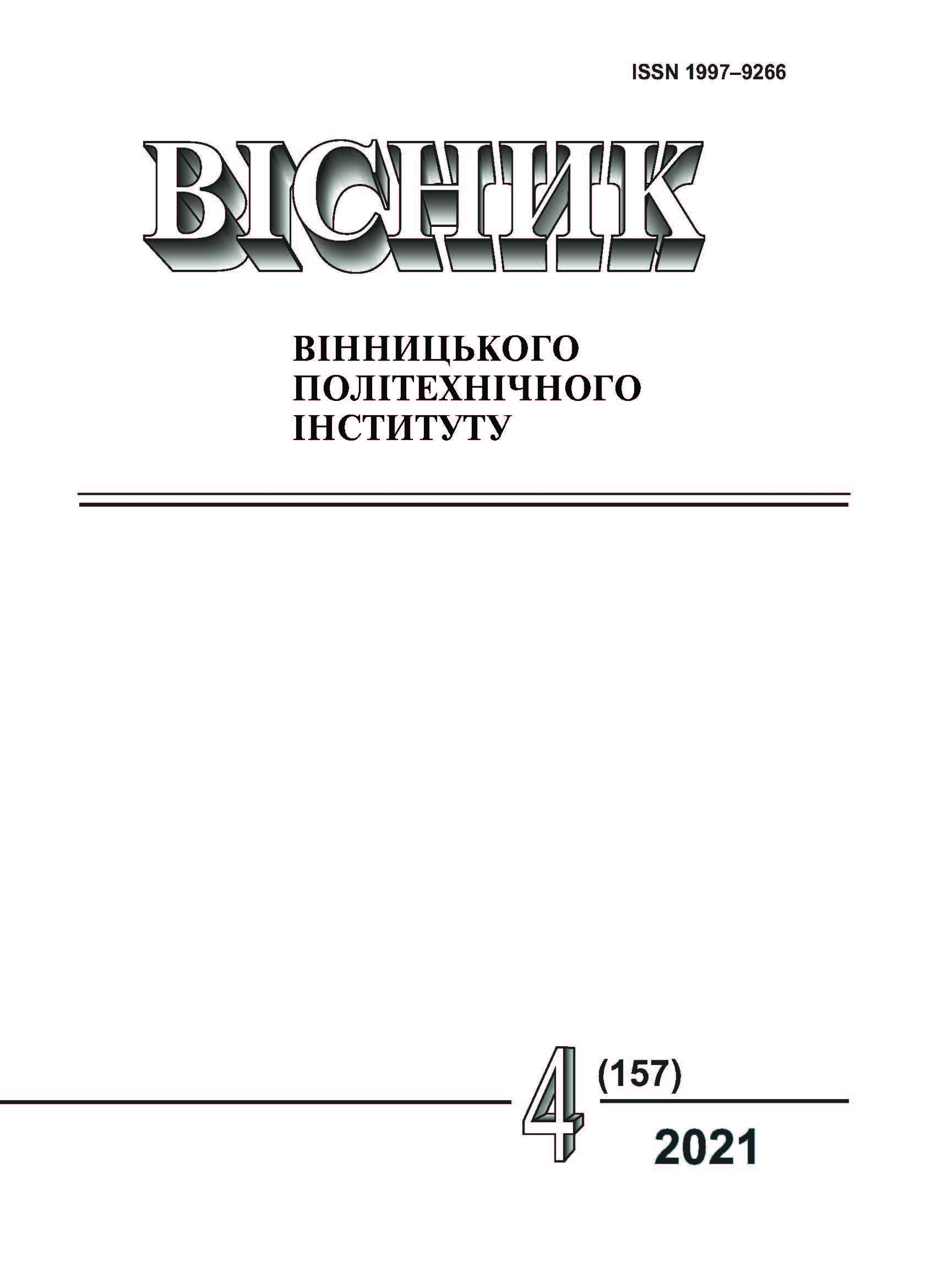Ways of Recovery of Text Information Represented in the Form of a Logic and Linguistic Model
DOI:
https://doi.org/10.31649/1997-9266-2021-157-4-70-77Keywords:
textual information, natural language, logic and linguistic model, recovery algorithmAbstract
The materials of the article substantiate the urgency of solving the problem of identifying meaningful links in electronic text documents in order to further compare their content and improve the operation of plagiarism detection systems. An important step is to assess the reliability of the formed formal models. Therefore, the aim of this article is to study the algorithm of automatic analysis of logic and linguistic models of electronic text documents for the reproduction of textual information, which combines the basic properties of the text and its components. The logic and linguistic model of a text document reflects the main relationships between structural components; it is an ordered quadruple and an array of logic and linguistic models of sentences of natural language, which are included in the text. The author proposes several ways of restoration of textual information, starting from the structure of the logic and linguistic model of an electronic text document, which contains a linguistic and semantic-syntactic component. The article describes the schemes of text information recovery, it chooses the combined method, which provides the analysis of semantic-syntactic component in parallel with the analysis of the text base, in particular, its components - a set of sentences containing connections between logic and linguistic models of sentences of the text within electronic text document. It has been developed an algorithm for recovery of textual information presented in the form of a formal logic and linguistic model of an electronic text document, and there have been described the stages of abovementioned algorithm. All steps of the algorithm are demonstrated on the example of analysis of a specific given logic and linguistic model of a fragment of an electronic text document. The author conducted experiments on the restoration of textual information for scientific style texts. During experiments, it was revealed, that the main factors influencing the restoration of textual information include the removal of homonymy, as well as different interpretations of synonymous constructions and invariant forms of logic and linguistic models of sentences of natural language.
References
Кабінет Міністрів України, Постанова № 556. [Електронний ресурс]. Режим доступу: https://zakon.rada.gov.ua/laws /show/380-2021-%D0%BF#n10 .
Проєкт «Ініціатива академічної доброчесності та якості освіти». [Електронний ресурс]. Режим доступу: https://saiup.org.ua/pro-proekt/.
«Академічна доброчесність: виклики сучасності,» в Збірник наукових есе учасників дистанційного етапу наукового стажування для освітян (Республіка Польща, Варшава, 28.01 – 08.02.2019). Варшава, 2019. 171 с.
Understanding & Preventing Plagiarism [Online]. Available: https://www.accreditedschools online.org/resources/preventing-plagiarism/. Accessed on: April 15, 2021.
Nur E. Hafsa, “Plagiarism: A Global Phenomenon,” in Journal of Education and Practice, vol. 12, no.3, pp. 53-59, 2021.
A. Vavilenkova “Regularity of context units identification in electronic text documents,” CEUR Workshop Proceedings, 2845, pp. 1-10, 2021.
J. Kahre, The mathematical theory of information, New York: Springer Science, 2002, 502 p.
М. М. Глибовець, А. М. Глибовець, і М. В. Поляков, Інтелектуальні мережі, Дніпропетровськ: Нова ідеологія, 2014, 462 c.
V. Shyrokov, “System semantics of explanatory dictionaries,” Cognitive Studies, no12, pp. 95-106, 2015.
N. Khairova, S. Petrasova, and A. P. S. Gautam, “The Logical-Linguistic Model of Fact Extraction from English Texts,” Communications in Computer and Information Science, vol. 639. Springer, Cham. 2016. https://doi.org/10.1007/978-3-319-46254-7_51 .
О. Г. Оксіюк, «Моделі подання знань в інтелектуальних системах навчання,» Збірник наукових праць Військового Інституту Київського національного університету імені Тараса Шевченка, т. 28, с. 98-101, 2010.
Д. В. Ланде, І. Ю. Субач, і Ю. Є. Бояринова, Основи теорії і практики інтелектуального аналізу даних у сфері кібербезпеки: навч. посіб., К.: ІСЗЗІ КПІ ім. Ігоря Сікорського, 2018, 300 с.
И. Р. Гальперин, Текст как объект лингвистического исследования. 5-е изд. Москва: КомКнига, 2007, 144 с.
А. І. Вавіленкова, Аналіз і синтез логіко-лінгвістичних моделей речень природної мови, монографія, К.: ТОВ «СІК ГРУП УКРАЇНА», 2017, 152 с.
A. Vavilenkova, “Basic principles of the synthesis of logical-linguistic models,” Cybernetics and systems analysis, vol. 51(5), pp. 826-834, 2015. http:// doi.org/10.1007/s10559-015-9776-z .
К. А. Филлипов, Лингвистика текста. Курс лекций, Спб.: Издательство С.-Петербургского университета, 2008, 336 с.
O. V. Bisikalo, W. Wojcik, O. V. Yahimovich, and S. Smailova, “Method of determining of keywords in English texts based on the DKPro Core,” Technology Audit and Production Reserves, 1/2(21), pp. 26-30, 2015.
https://doi.org/10.15587/2312-8372.2015.37274 .
А. І. Вавіленкова, «Особливості бази знань системи автоматизованої побудови логіко-лінгвістичних моделей текстових документів,» Вісник Національного університету «Львівська політехніка». Серія «Інформаційні систем та мережі»: зб. наук. праць, № 9, с. 75-83, 2021. https://doi.org/10.23939/sisn2021.09.075 .
Downloads
-
PDF (Українська)
Downloads: 170
Published
How to Cite
Issue
Section
License

This work is licensed under a Creative Commons Attribution 4.0 International License.
Authors who publish with this journal agree to the following terms:
- Authors retain copyright and grant the journal right of first publication.
- Authors are able to enter into separate, additional contractual arrangements for the non-exclusive distribution of the journal's published version of the work (e.g., post it to an institutional repository or publish it in a book), with an acknowledgment of its initial publication in this journal.
- Authors are permitted and encouraged to post their work online (e.g., in institutional repositories or on their website) prior to and during the submission process, as it can lead to productive exchanges, as well as earlier and greater citation of published work (See The Effect of Open Access).





